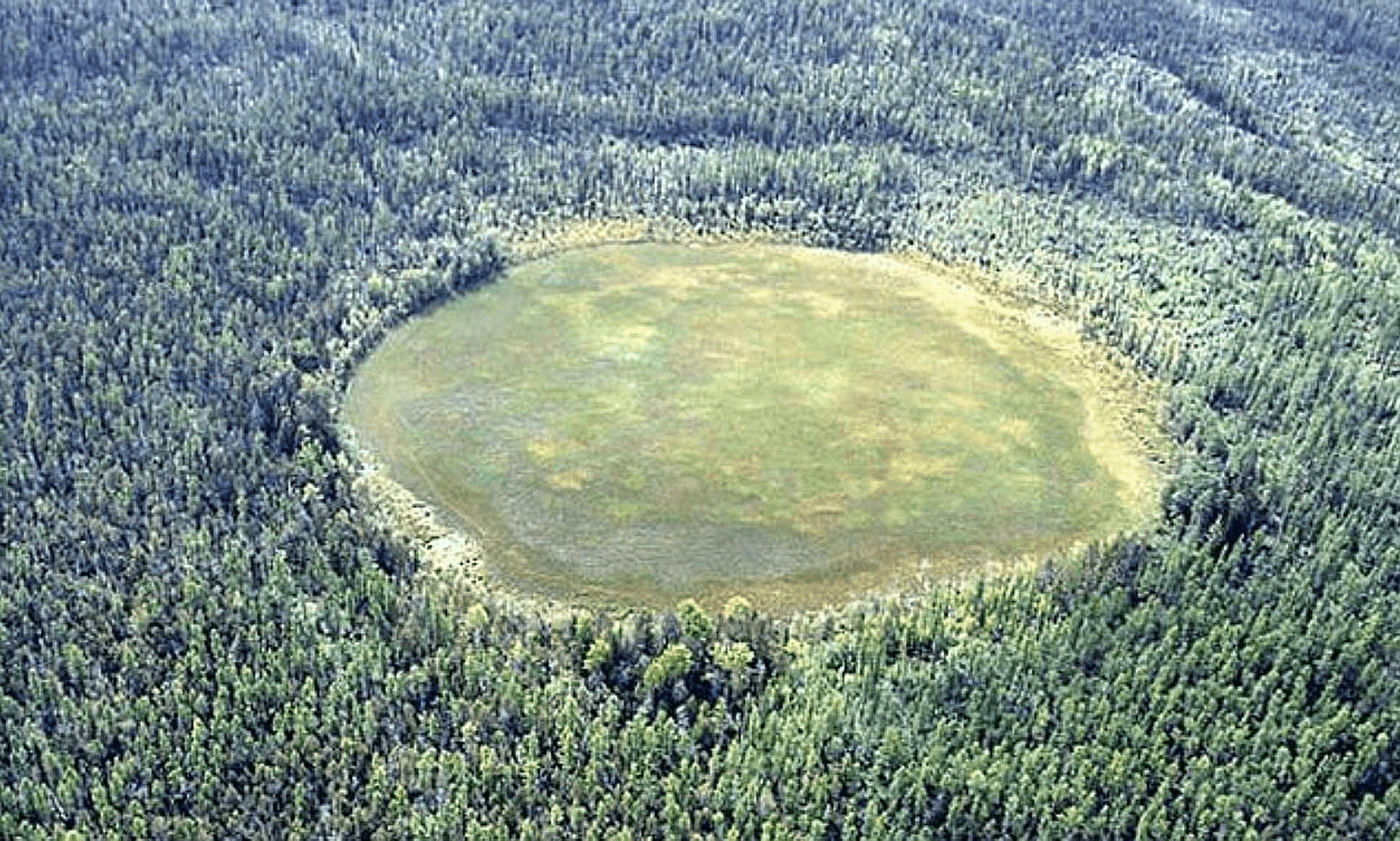
The Tunguska Event – Earth’s Largest Explosion Never Explained
The Morning the Sky Caught Fire
On June 30, 1908, just after 7:00 a.m., people across Siberia saw a fireball streak across the sky, followed by a blinding flash and an earth-shaking explosion near the Tunguska River, deep in Russia's remote taiga.
The shockwave was so powerful that:
- People 40 miles away were knocked off their feet
- Windows shattered hundreds of miles away
- Instruments across Europe and Asia recorded seismic tremors and atmospheric pressure waves
- The sky glowed at night for days, as far away as London
When scientists finally reached the site 19 years later, what they found was baffling.
A Devastated Forest — But No Crater
At the blast site, trees had been flattened in a radial pattern across more than 2,000 square kilometers (800 sq mi) — but no impact crater was found.
In the very center of the blast zone, trees were still standing — but stripped bare of branches and bark, scorched black like telephone poles.
There were no signs of a meteorite, no known weapons at the time that could cause such devastation, and no human casualties — the region was sparsely populated.
So What Happened? Theories Over the Years
1. Airburst from a meteor or comet
The leading theory is that a space rock 30–60 meters wide exploded in the atmosphere at about 5–10 km altitude, creating a blast wave that leveled the forest below.
But — where’s the debris? No fragments of meteorite or cometary material were ever conclusively found.
2. A mini black hole?
In the 1970s, scientists proposed a microscopic black hole may have passed through Earth, exploding with energy as it did.
However, there's no physical evidence of entry or exit points, and this remains speculative physics.
3. Alien spacecraft crash
Some conspiracy theories suggest the explosion was the result of a malfunctioning alien craft. This is pure speculation — but it's a popular theory in UFO lore due to the symmetrical blast and strange tree patterns.
4. Nikola Tesla’s "death ray"
A more fringe theory holds that Tesla had tested a wireless energy weapon from his lab in New York, possibly aimed at the Arctic. There's no evidence he succeeded in building such a device — but letters suggest he once hinted at testing directed energy.
Glowing Skies and Global Effects
For days after the blast, night skies across Europe and Asia glowed bright enough to read newspapers at midnight.
Some scientists now believe that this was due to ice particles in the upper atmosphere, caused by the explosion — similar to nuclear winter effects.
The Tunguska Event is now recognized as the largest impact-related explosion in recorded history — even though no impact has ever been proven.
Still a Cosmic Mystery
A fireball over Siberia.
A forest flattened for hundreds of miles.
No crater. No debris.
Just a silent scar on Earth — and no definitive answer.
In modern terms, the energy released was roughly 10–15 megatons, equivalent to 1,000 Hiroshima bombs. Had it occurred over a major city, it would have caused mass extinction.
Today, scientists still study Tunguska as a warning: Earth isn’t immune to space.